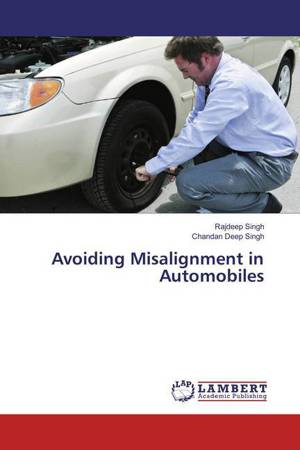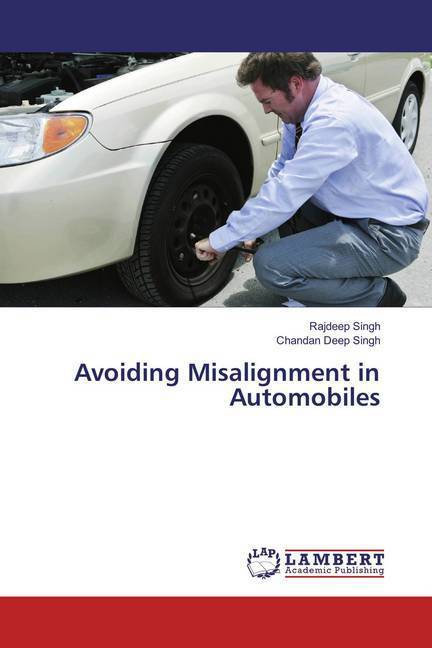
- Afhalen na 1 uur in een winkel met voorraad
- Gratis thuislevering in België vanaf € 30
- Ruim aanbod met 7 miljoen producten
- Afhalen na 1 uur in een winkel met voorraad
- Gratis thuislevering in België vanaf € 30
- Ruim aanbod met 7 miljoen producten
€ 49,45
+ 98 punten
Omschrijving
Wheel misalignment refers to the geometrical relationship of the wheels to the vehicle itself, to each other and to the road. Ideally, all four wheels should be aimed straight ahead, parallel to each other, perpendicular to the road and perpendicular to their respective axles. Wheel balance refers to the even distribution of weight around counter weights to prevent them from having heavy spots that can cause vibration and premature wearing of tyres, struts, shocks and other steering and suspension components. These factors are:- 1. Factors pertaining to wheels. 2. Steering geometry. 3. Steering linkages. 4. Suspension system. Torsion beam suspension, also known as a torsion bar or torsion spring suspension, is a vehicle suspension system. One end of a long metal bar is attached firmly to the vehicle chassis; the opposite end terminates in a lever, mounted perpendicular to the bar, that is attached to the axle of the suspension arm or wishbone. Vertical motion of the wheel causes the bar to rotate along its axis and is resisted by the bar's torsion resistance.
Specificaties
Betrokkenen
- Auteur(s):
- Uitgeverij:
Inhoud
- Aantal bladzijden:
- 88
- Taal:
- Engels
Eigenschappen
- Productcode (EAN):
- 9786135833119
- Uitvoering:
- Paperback
- Afmetingen:
- 150 mm x 220 mm

Alleen bij Standaard Boekhandel
+ 98 punten op je klantenkaart van Standaard Boekhandel
Beoordelingen
We publiceren alleen reviews die voldoen aan de voorwaarden voor reviews. Bekijk onze voorwaarden voor reviews.









